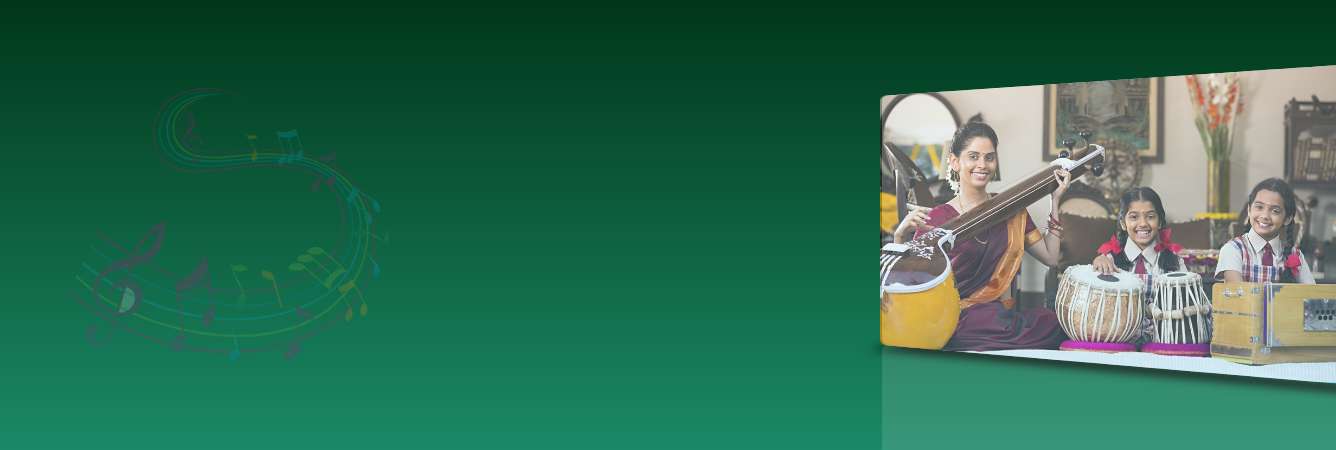
| ✅ Free Demo Class : | Available |
| ✅ Average price : | INR 550/hr |
| ✅ Tutors available : | 57,991 |
| ✅ Class format : | Online or Offline classes |
You can browse the list of best Music tutors on UrbanPro.com. You can even book a free demo class to decide which Tutor to start classes with.
The fee charged varies between online and offline classes. Generally you get the best quality at the lowest cost in the online classes, as the best tutors don’t like to travel to the Student’s location.
It definitely helps to join Music Classes near me in India, as you get the desired motivation from a Teacher to learn. If you need personal attention and if your budget allows, select 1-1 Class. If you need peer interaction or have budget constraints, select a Group Class.
UrbanPro has a list of best Music Classes
Vinu attended Keyboard (Music)
"Daryl is an excellent teacher with a high level of patience, which is essential when..."
Nilandri attended Vocal Music
"I would like to express my sincere appreciation for Song Madam’s excellent teaching...."
Ananadmayi attended Vocal Music
"Great, wonderful, There’s a natural sincerity in your singing that makes it feel real and heartfelt."
Ananya attended Vocal Music
"Honestly, not much to say. He is an amazing teacher. He actually takes time to truly..."
Gloria attended Piano
"I’ve been learning piano through one-on-one sessions with him, and I highly recommend..."
Kalyan attended Keyboard (Music)
"He did a demo to develop a connection with the kid. He spent time with the kid to..."
Siddharth attended Guitar
"Best teacher yet , will progress a lot with him , just go with him won’t regret.,..."
Manaswini attended Vocal Music
"Good. Correcting the mistakes and teaching very patiently. I liked it and my child..."